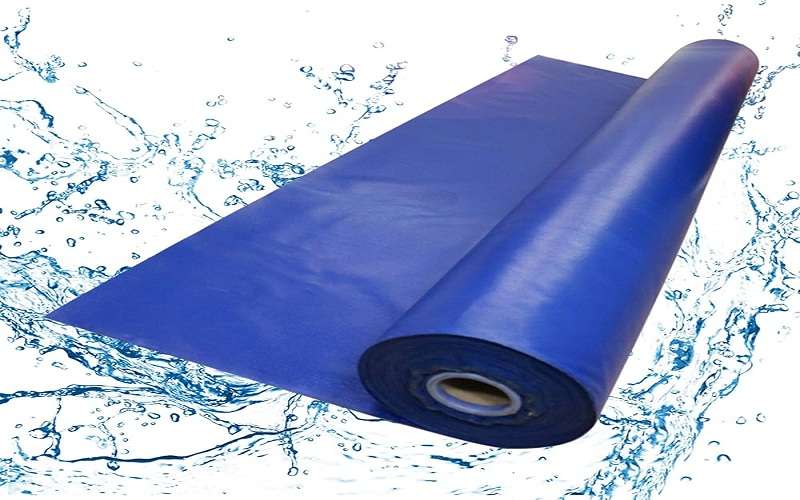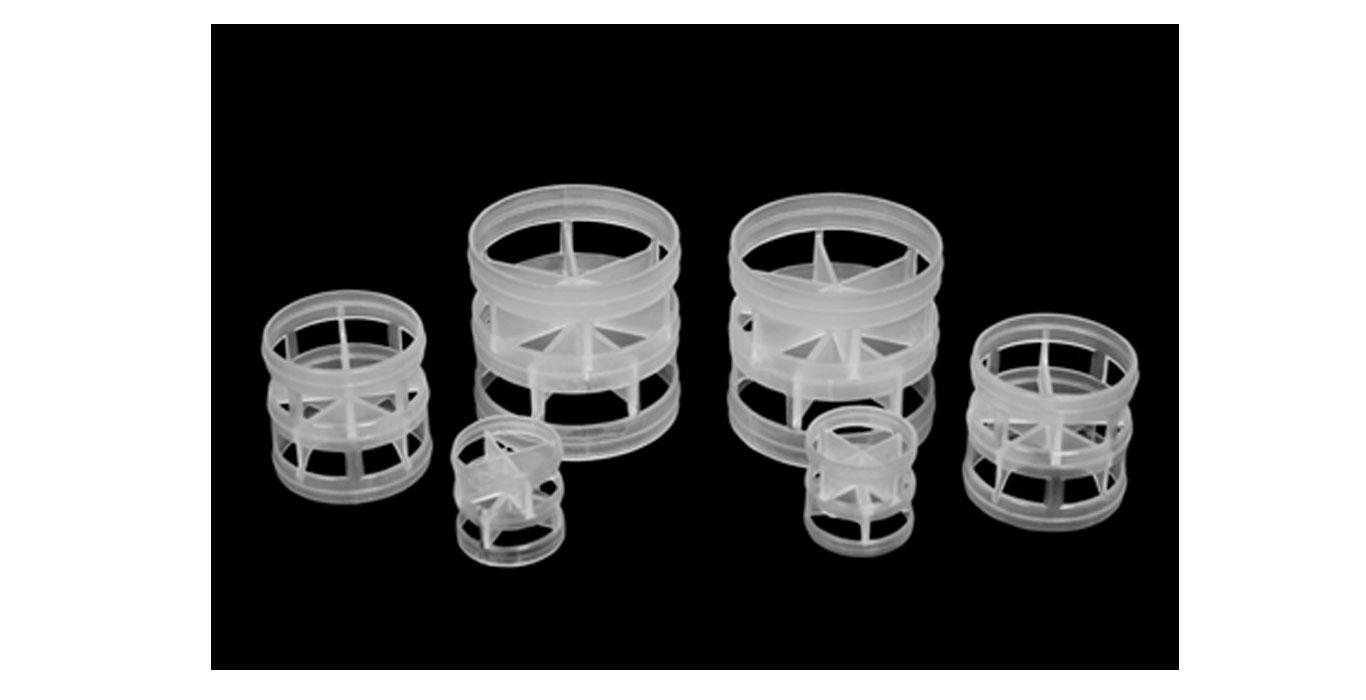Understanding RoHS Certification
RoHS, which stands for Restriction of Hazardous Substances, is a directive implemented by the European Union to address the environmental impact of electronic and electrical equipment. RoHS Certification is a testament to a product’s compliance with this directive, indicating that it is free from hazardous substances such as lead, mercury, cadmium, and other harmful materials. Beyond its European origins, RoHS Certification has gained global recognition, influencing manufacturers and suppliers worldwide to adopt eco-friendly practices in their production processes.
The Stringent Compliance Requirements
- Substance Restrictions and Limits: RoHS Certification enforces strict limits on the presence of hazardous substances in electronic and electrical equipment. Lead, mercury, cadmium, hexavalent chromium, polybrominated biphenyls (PBBs), and polybrominated diphenyl ethers (PBDEs) are among the substances subject to restricted use. Complying with these limits requires thorough material analysis and supply chain management to ensure that every component meets the specified criteria.
- Traceability and Documentation: Achieving RoHS Certification involves meticulous traceability and documentation of materials used in the manufacturing process. Manufacturers must maintain detailed records of the composition of each component, demonstrating transparency and accountability throughout the supply chain. This traceability is essential for both compliance and demonstrating due diligence in adhering to the RoHS directive.
- Testing and Certification Processes: Rigorous testing processes are integral to RoHS Certification. Products undergo laboratory testing to verify compliance with substance restrictions. The certification process involves collaboration with accredited testing laboratories, and products must receive a RoHS conformity mark to be considered certified. This mark serves as a visible indicator of a product’s compliance with environmental standards.
Benefits of RoHS Certification
- Environmental Conservation: The primary benefit of RoHS Certification lies in its contribution to environmental conservation. By restricting the use of hazardous substances, RoHS-certified products reduce the environmental impact associated with electronic waste. This aligns with global efforts to mitigate pollution, protect ecosystems, and promote sustainability in the electronics industry.
- Consumer Confidence and Market Access: RoHS Certification enhances consumer confidence in electronic products. As environmental awareness grows, consumers increasingly seek products that align with their values. RoHS-certified products not only meet these expectations but also gain access to markets with stringent environmental regulations, opening doors to global trade and fostering a competitive edge.
- Reduced Health Risks: The elimination of hazardous substances from electronic products translates to reduced health risks for both consumers and workers in the manufacturing process. Lead, mercury, and other restricted substances pose health hazards during manufacturing, product use, and end-of-life disposal. RoHS Certification promotes workplace safety and mitigates health risks associated with exposure to hazardous materials.
Challenges and Considerations in Obtaining RoHS Certification
- Supply Chain Complexity: The complexity of modern supply chains presents a significant challenge in achieving RoHS Certification. Manufacturers must ensure that every component and material used in their products complies with RoHS restrictions. This requires collaboration with suppliers, often across global networks, to guarantee the absence of prohibited substances in the entire supply chain.
- Continuous Compliance Monitoring: Obtaining RoHS Certification is not a one-time effort; it requires continuous monitoring and verification of compliance. Manufacturers must stay vigilant about changes in regulations, updates to the list of restricted substances, and modifications in their supply chain that may impact compliance. This ongoing commitment to compliance ensures that products maintain their RoHS Certification throughout their lifecycle.
- Balancing Innovation and Compliance: The pursuit of green innovation and product development sometimes clashes with the stringent substance restrictions imposed by RoHS Certification. Manufacturers face the challenge of balancing the introduction of new technologies and materials with the need to comply with environmental standards. Striking this balance requires a proactive approach to research and development that considers both innovation and sustainability.
Success Stories in the RoHS Certification Journey
- Industry Leadership in Sustainability: Companies that prioritize and obtain RoHS Certification position themselves as leaders in sustainability within their industries. This commitment not only aligns with evolving consumer expectations but also establishes a positive reputation for environmental responsibility. Industry leaders often become catalysts for broader adoption of eco-friendly practices, influencing competitors and suppliers to follow suit.
- Global Compliance and Market Expansion: RoHS Certification acts as a key to global markets with stringent environmental regulations. Products that bear the RoHS conformity mark gain easier access to regions where environmental consciousness is a priority. This global compliance facilitates market expansion, enabling manufacturers to tap into diverse consumer bases and take advantage of the growing demand for environmentally conscious products.
- Innovation in Eco-Friendly Technologies: The journey to RoHS Certification has spurred innovation in eco-friendly technologies. Manufacturers invest in research and development to discover alternatives to hazardous substances, fostering the creation of new materials and manufacturing processes that prioritize sustainability. This innovation not only benefits the environment but also positions companies as pioneers in the development of green technologies.
Elevating Environmental Responsibility
RoHS Certification stands as a beacon guiding the electronics industry toward a future of heightened environmental responsibility. Beyond regulatory compliance, it embodies a commitment to sustainable practices, innovation, and the well-being of both consumers and the planet. As industries navigate the complex landscape of supply chains, compliance monitoring, and the delicate balance between innovation and regulation, RoHS Certification becomes a roadmap for manufacturers seeking to navigate a green course.
Looking Ahead: A Sustainable Future in Electronics
In conclusion, the journey to RoHS Certification represents a pivotal step toward a sustainable and environmentally conscious future in the electronics industry. As technology continues to advance, the imperative to balance innovation with environmental responsibility becomes even more critical. RoHS Certification is not just a regulatory requirement; it is a commitment to a greener, healthier planet and a testament to the industry’s dedication to meeting the challenges of today while preserving the possibilities of tomorrow.










